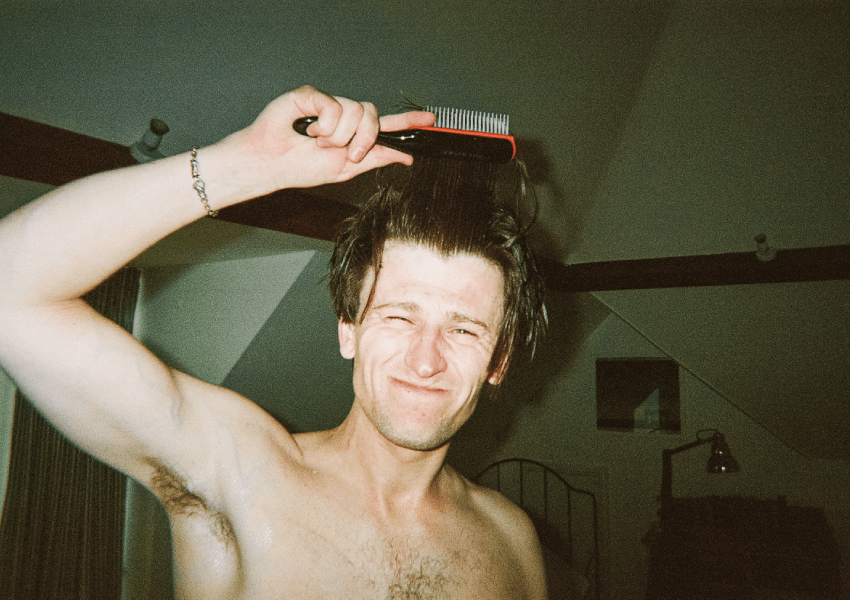

Whatever ailment or issue you’re looking to address, it’s important to know how the treatment will work before commencing.
One such occurrence that many men don’t expect from Minoxidil is shedding; why does this happen? Is it normal? Let’s talk about how the treatment works.
Shedding can occur during the first few months when you start using Minoxidil for the first time. You may feel the treatment is making your hair loss worse in the beginning, but don’t be disheartened – a temporary shedding phase is completely normal, and a sign that the Minoxidil is working. To understand why Minoxidil causes shedding initially, you first need to get to grips with the different stages of the hair growth cycle, explained below.
About 85-90% of your hair will be in this stage of the growth cycle at any one time, where it is continuously growing from the follicle.
Hair growth slows, and the hair begins to detach from the follicle. This stage usually lasts around 2 weeks.
Your hair is now detached from the follicle and is waiting for a new hair to force it out of your scalp. Around 10-15% of your hairs are in this stage, which lasts up to three months.
The old hair falls out, to make way for a new hair to take its place.
Minoxidil’s mechanism is not fully understood yet, but it is believed to shorten the telogen (resting) phase and lengthen the anagen (growth) phase. This means it effectively accelerates the hair growth cycle, by forcing the old hairs out to make way for a new, healthier hair to take its place. So, Minoxidil can cause this ‘dread shed’ as it encourages hairs which are no longer growing to be shed, so the follicles can enter the anagen phase sooner. From there, Minoxidil boosts blood flow to the scalp, bringing vital oxygen and nutrients to the follicles, which revitalises the hair follicle and encourages growth of thicker, stronger hair strands.
Not everybody will experience an increase in shedding, but for those who do, it typically lasts between 2-8 weeks. It’s important to be aware that it could potentially happen, and not to let it deter you from continuing. Results typically take 3-6 months of consistent, daily use to become visible.
Take our free consultation today for recommendations on the best treatment plan for you.
All of our blog articles are reviewed for medical accuracy by our Medical Director before publication.
Posted in: All, Finasteride, Hair loss